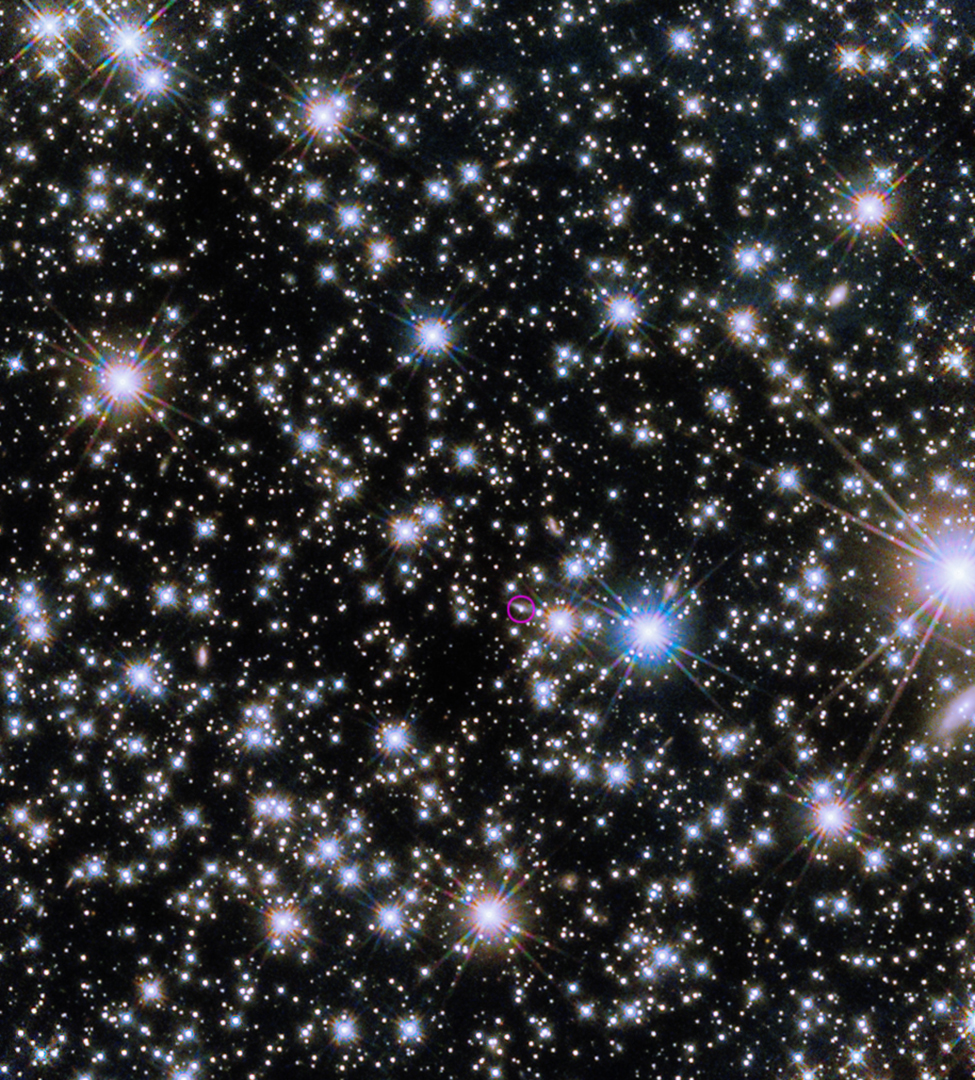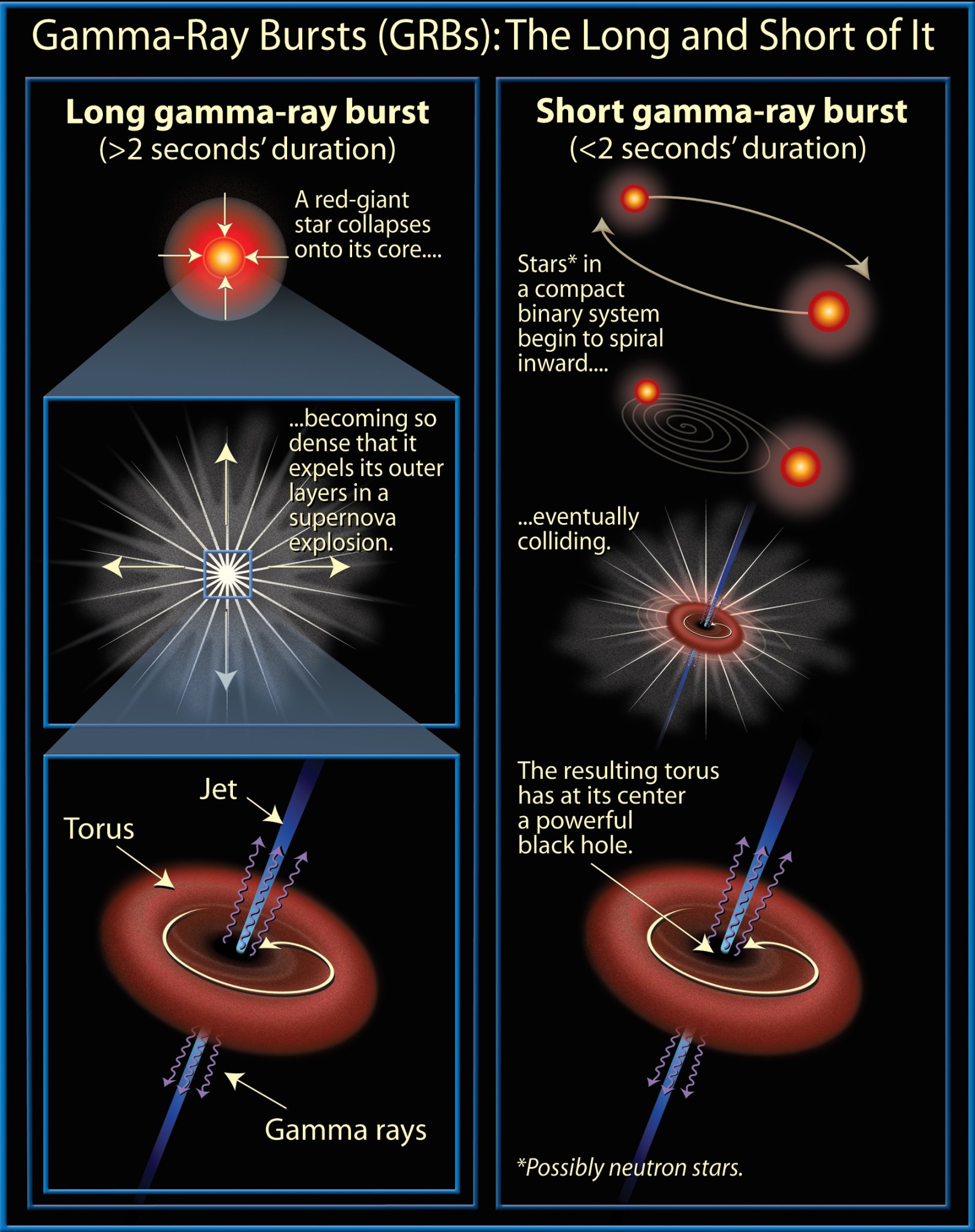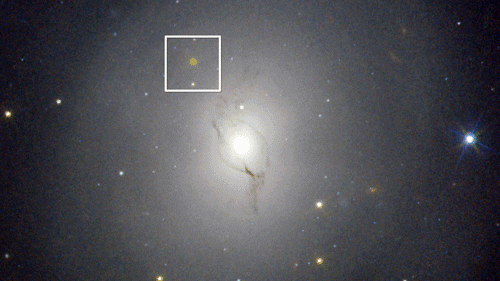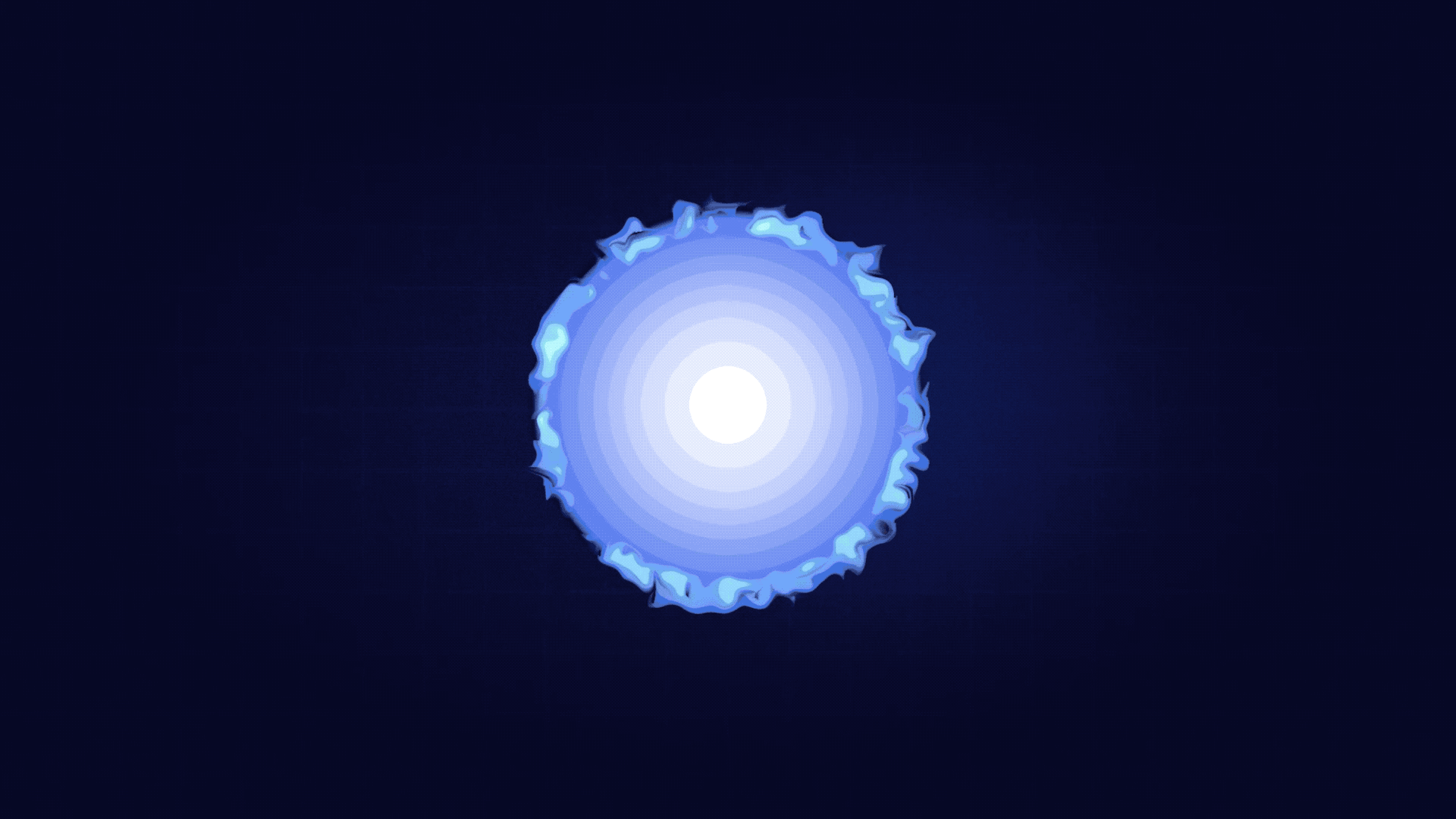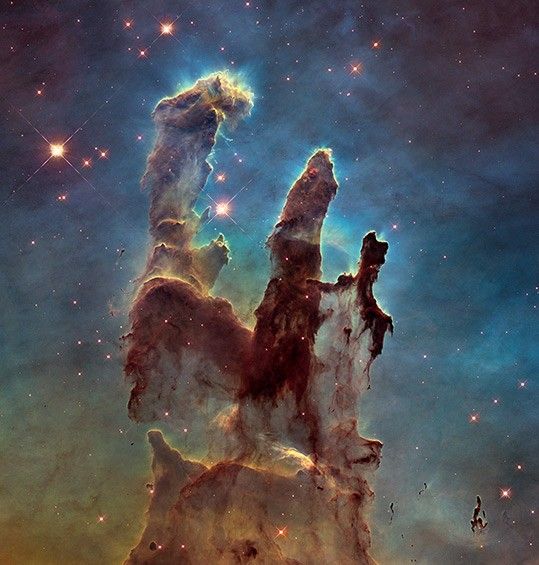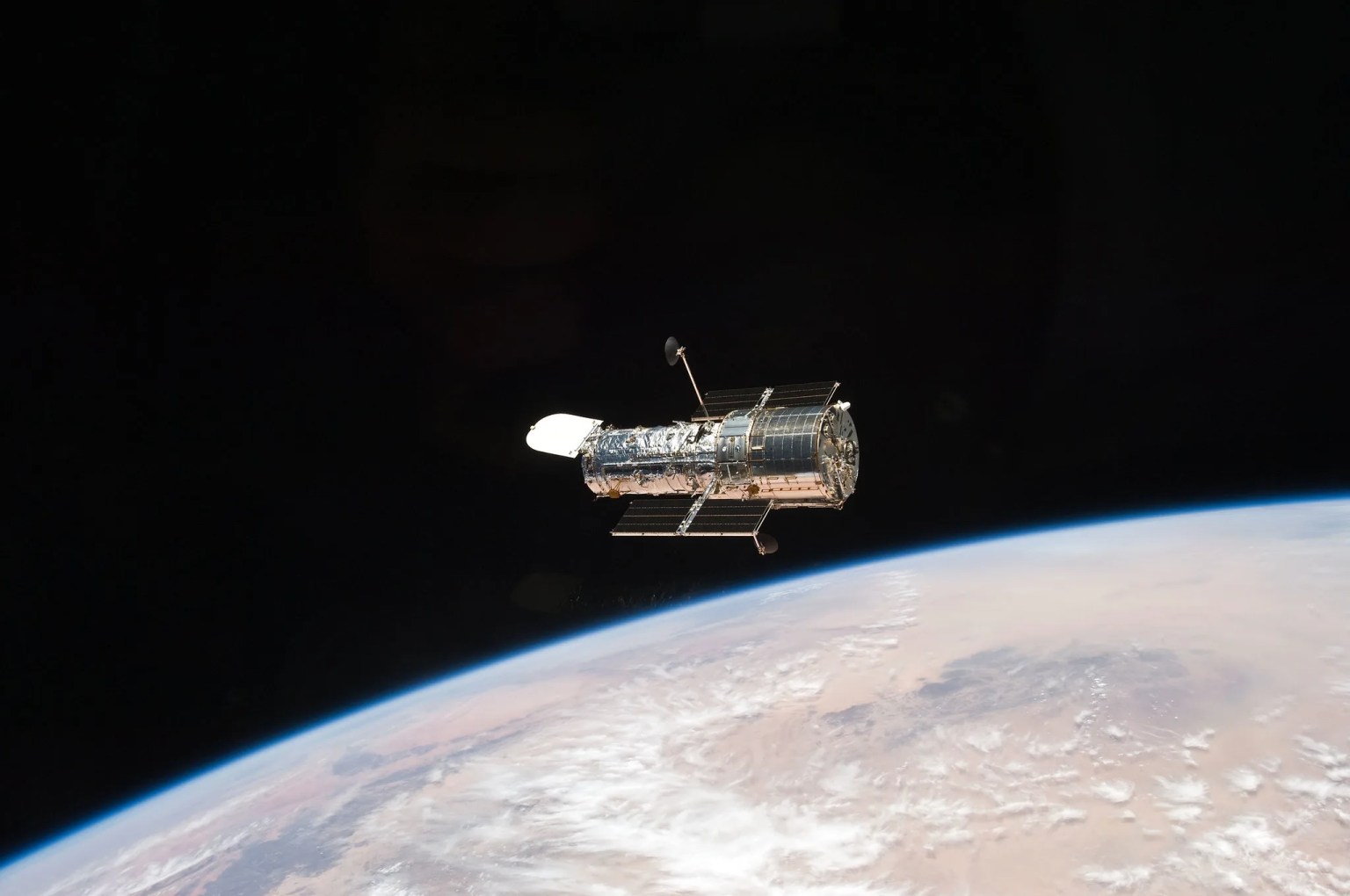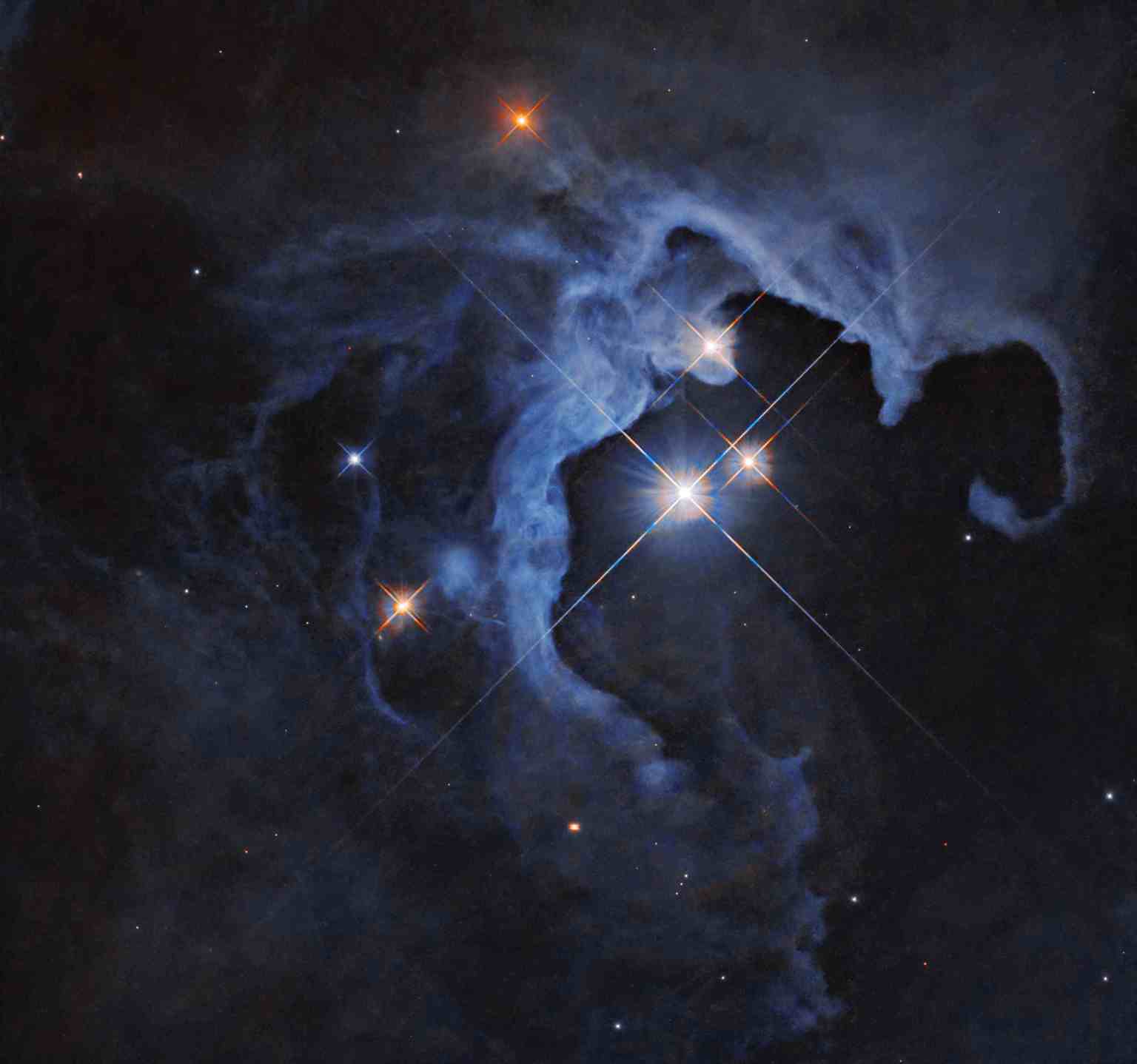Gamma-ray bursts (GRBs) are the biggest explosions in the cosmos emitting large amounts of the most energetic form of light, gamma rays. GRBs shine hundreds of times brighter than a typical supernova (the explosive death of a massive star) and are about a million trillion times brighter than the Sun; yet they are short-lived, lasting from a few milliseconds to several minutes. In a few seconds, GRBs can emit more energy than the Sun over its entire 10-billion-year life.
GRBs puzzled astronomers for decades. It wasn’t until Hubble began observing the visible source of these events, that astronomers began to better understand their origins.
GRBs come in two forms, long and short. The initial flash of long GRBs can last two seconds to hundreds of seconds long, while the initial flash of short GRBs lasts less than two seconds. Short GRBs are associated with the collision of two compact objects like two neutron stars or a neutron star and a black hole. They collide to form a kilonova and have a spectrum dominated by more energetic ("harder") gamma rays. Long GRBs stem from the explosive, supernova deaths of massive stars at least 10 times the mass of our Sun and have a spectrum dominated by relatively less energetic ("softer") gamma rays.
Kilonovae also have a unique light signature: they are much brighter in near-infrared light compared to their brightness in visible light. This difference is the result of the heavy elements produced and ejected during the explosion. Elements like gold, platinum, and uranium in the debris cloud scatter shorter wavelengths of visible light, effectively blocking it, while the longer wavelengths of infrared light pass through unimpeded. This characteristic makes Hubble one of the best ways to observe the aftermath of these massive explosions.
Hubble not only sees both near-infrared light and visible light (along with ultraviolet light), it also orbits Earth high above the oxygen and carbon dioxide in our atmosphere that absorbs infrared light. Hubble observations allow astronomers to compare the light curve of GRBs at both visible and near-infrared wavelengths, which helps determine their origins.



























